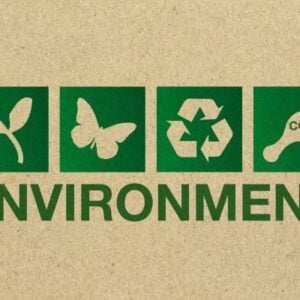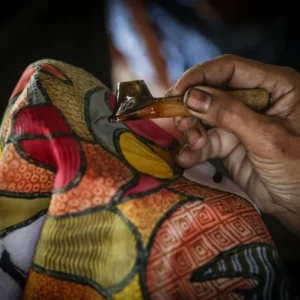Western Queensland graziers and farmers are set to benefit from a $20 million funding boost to combat invasive pests and weeds that have emerged following severe floods earlier this year. This investment forms part of a larger $45.75 million primary industry recovery package, jointly funded by the Australian and Queensland Governments under the Disaster Recovery Funding Arrangements (DRFA), aimed at supporting the region’s post-disaster recovery and strengthening rural resilience.
The region’s heavy rainfall and flooding created ideal conditions for the spread of pests and invasive species, including locust swarms. These threats pose serious risks not only to primary industries but also to local communities, food security, and agricultural exports. The new funding underscores Queensland’s commitment to maintaining economic sustainability and ensuring the resilience of its rural sectors.
The initiative will support critical pest and biosecurity programs, including repairs to the Wild Dog Barrier Fence and management of threats from wild dogs, feral pigs, and locusts. Up to $1 million has been specifically allocated for locust control in disaster-affected areas, helping graziers address some of the most urgent challenges as they work to recover from the floods.
The DRFA investment aims to protect long-term agricultural productivity and ensure that Queensland’s farming sector can quickly return to full output. Beneficiaries of the program include regions such as Balonne, Barcaldine, Barcoo, Blackall-Tambo, Boulia, Bulloo, Diamantina, Longreach, Murweh, Paroo, Quilpie, and Winton. Beyond these areas, the Queensland Government continues to monitor pest activity and is prepared to provide additional support where necessary.







